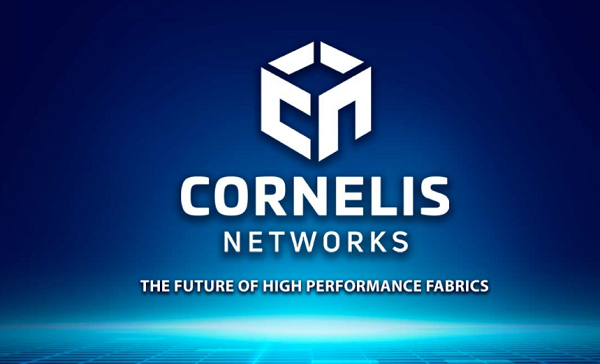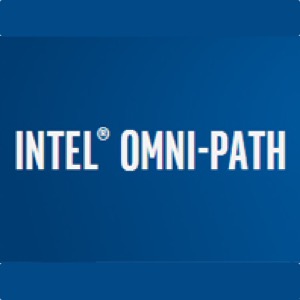 Left for dead last year, Intel’s Omni-Path Architecture (OPA) high performance fabric may come back to life with a Series A $20 million venture round involving Intel Capital, Downing Ventures and Chestnut Street Ventures that places OPA interconnect technology under the auspices of a spin-out start-up called Cornelis Networks.
Left for dead last year, Intel’s Omni-Path Architecture (OPA) high performance fabric may come back to life with a Series A $20 million venture round involving Intel Capital, Downing Ventures and Chestnut Street Ventures that places OPA interconnect technology under the auspices of a spin-out start-up called Cornelis Networks.
OPA was a much-promoted Intel effort begun eight years ago and led by some of that company’s top technology talent (including Alan Gara, former Intel fellow and chief architect of exascale systems) that was to have been a centerpiece of the company’s also much-promoted Scalable Systems Framework. But after four years of OPA on the market, Intel in the summer of 2019 said it would discontinue support, a surprising move, given Intel’s heavy promotion and investment in the technology, though possibly not shocking, given OPA’s apparent struggles to find market traction.
Intel launched Omni-Path in late 2015, and its subsequent market reception came in a time of turbulence in the networking and interface arena, happening as it did during Nvidia’s acquisition of Mellanox, the emergence of the Gen-Z, CXL and OpenCAPI consortia and Cray’s development of the Shasta supercomputing architecture. OPA’s origins at Intel go back to the company’s 2012 $140 million acquisition of Cray’s Aries interconnect IP, along with the 74-person Aries development team (for more information go to this Radio Free HPC podcast from August 2019).
Now Cornelis Networks has been formed and funded in hopes of realizing a return on the considerable investment in OPA technology, targeting organizations in 100-200Gbps HPC, AI and HPDA environments. Founded by former Intel interconnect veterans Philip A. Murphy Jr. (CEO), Vladimir K. Tamarkin and Gunnar K. Gunnarsson, Cornelis hopes to build on OPA’s 500 end-user site installed base, according to the start-up.
Omni-Path customers include Lawrence Livermore National Laboratory, part of US Department of Energy’s National Nuclear Security Administration (NNSA). Bronis de Supinski, CTO of Livermore Computing, commented “Livermore has deployed multiple generations of HPC platforms based on the scalability and overall cost-performance of the company’s offerings. We look forward to working with Cornelis as they continue to build on their strong foundation of successful HPC solutions.”

“What Cornelis Networks offers with their current and next generation products will create significant step changes in supercomputing as well as accelerate proliferation of AI and associated technologies,” said Warren Rogers, partner and head of ventures at Downing Ventures. “We see significant opportunities for Cornelis to not only play a meaningful role in supercomputing, but to also play a central role in the growth of AI into the cloud.”
“Intel believes Cornelis Networks will fill the current gap and expand the ecosystem of high-performance fabric solutions, offering an option to customers building clusters for HPC and AI-based on Intel Xeon processors,” said Trish Damkroger, vice president and general manager of Intel’s High Performance Computing organization. “Cornelis Networks will be an important ecosystem partner for Intel, as well as an Intel Capital portfolio company. We are pleased to have played an instrumental role in establishing an independent company that will expand the choice of scale-out interconnects for our customers.”



